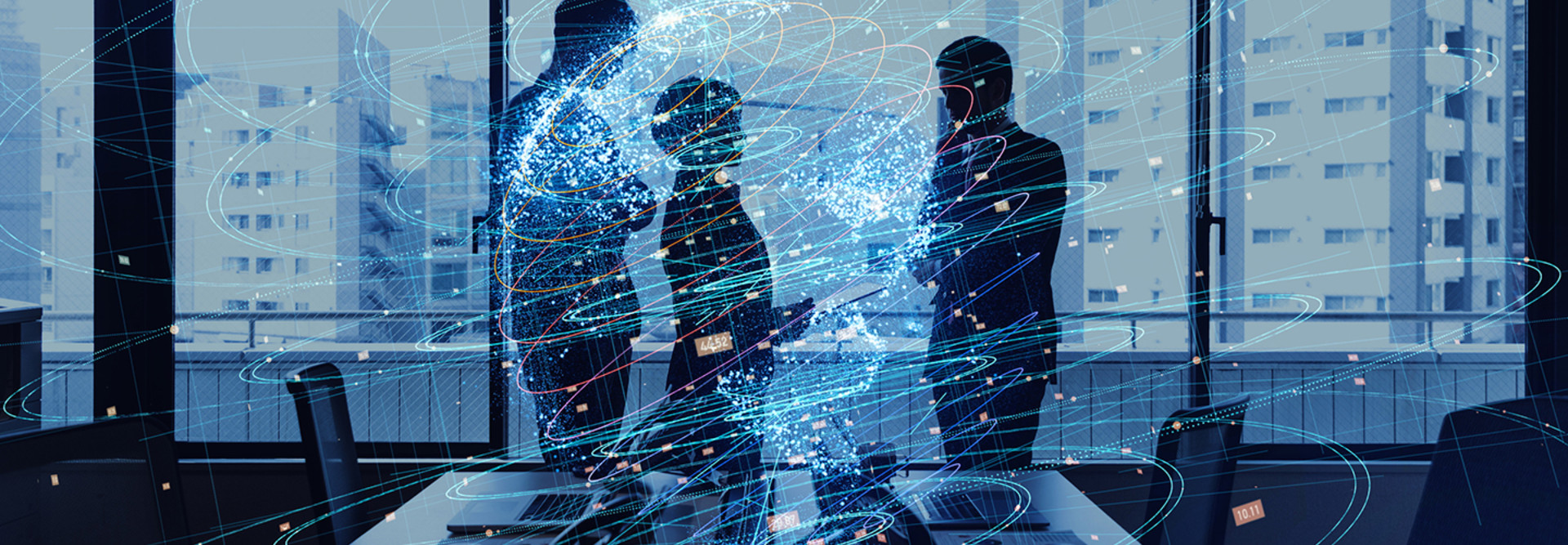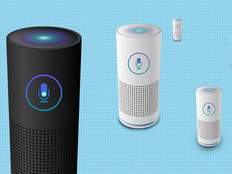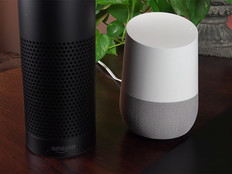Beyond the Hype: What Are the Practical Applications for AI?
Conversations today around artificial intelligence (AI) — machine learning, automation and natural language processing — often focus on the sensational, eye-catching aspects of the technology.
Some of AI’s most important uses are the mundane, everyday examples that are overlooked, particularly in small and medium-sized businesses, but that help millions of people every day do routine tasks more effectively and efficiently.
How can AI add efficiencies to businesses across industries as well as deepen their insights?
SIGN UP: Get more news from the BizTech newsletter in your inbox every two weeks!
AI Can Help Solve Everyday Problems Faster and More Efficiently
At its foundation, AI’s true power lies in its ability to help solve everyday problems — a purpose that’s sometimes overlooked. It sounds amazing to live in a Jetson-inspired world, with humanoid robots cleaning the house, but today’s AI offers a more pragmatic approach to problem-solving, driven by the need for improved efficiency and reduced complexity.
AI systems can be as simple as technology that automates or speeds up tasks that otherwise take a long time to complete. Or, it might reduce the number of steps in a difficult process to make work less complicated. At a travel agency, for example, where personalized service is top of mind, AI-powered technologies can better track customer preferences, vacation details and spending habits.
By making an efficient workflow accessible to anybody, AI helps deliver better information faster, with insights that are easier to gather. If you’re running a server, for example, it’s time-consuming and inefficient to go through all your log data manually. If you’re running a call center, just try to spot trends by sifting through every customer call — it’s next to impossible. In the past, you’d ask for an update and your people would put their finger in the air and say, “Well, I think this,” or, “Well, the last customer said, ‘XYZ.’”
Sometimes AI solves problems where no one knew there was a solution. For example, it’s easy to take a piece of paper from your doctor, snap a picture of it and save it to the cloud. But what happens if the paper gets crumpled before you can scan it? At best it looks weird. Worse, it’s no good once it becomes hard to read. AI technology can fix the imagery so that your disheveled document lies flat and looks perfect — a novel solution to an ordinary, everyday problem.
Small Businesses Can Take Advantage of AI
Small businesses often look at emerging technologies like AI and think, “This isn’t for me. I’m not Facebook. I’m not Google. This can’t benefit the little guy.” In reality, small businesses collect and use data, too. Why leave insights lying fallow, waiting to be used, when there are easy ways to get in the game with AI?
Let’s imagine you want to have a support line, but a dedicated support staff isn’t possible. You could deploy a chatbot or a digital assistant to handle customer inquiries. Virtual assistants like Amazon Alexa and Apple’s Siri are real-world AI applications that can have a huge impact on business.
In fact, according to an Adobe study last year on the future of work, a majority of U.S. (72 percent) and German (76 percent) office workers are interested in using intelligent personal assistants for work. From a customer-experience standpoint, most people think they’re great. They produce answers, offer feedback and give people what they want in real time — that’s an easy win for every business.
Another AI system that many companies are actually using right now without even realizing it is spam detection. Most businesses have some kind of fraud detection built into their tech stack. That’s an entry-level AI feature that’s easy to implement, and a low-level way to get your foot in the door with AI technology.
The next generation beyond spam detection is anomaly detection. For example, you might learn that your sales are about to dip, but you don’t know why. You can measure your sales or you could use AI to dig even deeper, looking at the data behind the sales, such as store visits or ad impressions.
Secondary causes may be hard to relay, but the data could be telling you that you’re about to have an event and it’s either going to be good or bad. This is a classic anomaly-detection field, and the kind of thing data scientists can do now if they have access to the technology.
How AI Will Impact the Future of Work
I don’t think we’re heading toward the day where everything is AI on the level of Skynet from the “Terminator” films. However, I do see the technology growing up around us.
Kevin Kelly, the co-founder of Wired, once remarked, “Every achievement in AI redefines that success as ‘not AI.’” Kelly is a refreshing voice of reason among the hype-chorus. I also like this quote because it’s true. No one thinks of spam-filtering as AI, yet that’s how it started. I think what we’ll see in the future is simple: stuff that works.
Most businesses today are optimistic but cautious about the opportunities presented by AI. That makes sense. No one wants to throw money out the window, so they’re looking for things that will show positive returns on investment. They’re watching their peers and waiting until someone else has a positive experience to cautiously adopt AI technologies.
In the near future, the average small and medium-sized business looking to implement AI is likely to work with a vendor that will offer solutions to problems. My advice is to focus on a real problem, not a toy problem.
Pose a question to yourself: “If I only knew X, could I do Y?” If you don’t know how to get the answer to X, ask your vendor partners if they do. If they say yes, then that’s a good time to begin the conversation.
In the time of Cambridge Analytica, every business needs to take a fresh look at how they’re using customer data. While it’s imperative that we respect customer privacy and be clear about how we intend to use their data, we should not be shy about leveraging it to build a better business — one that customers will thank us for.









